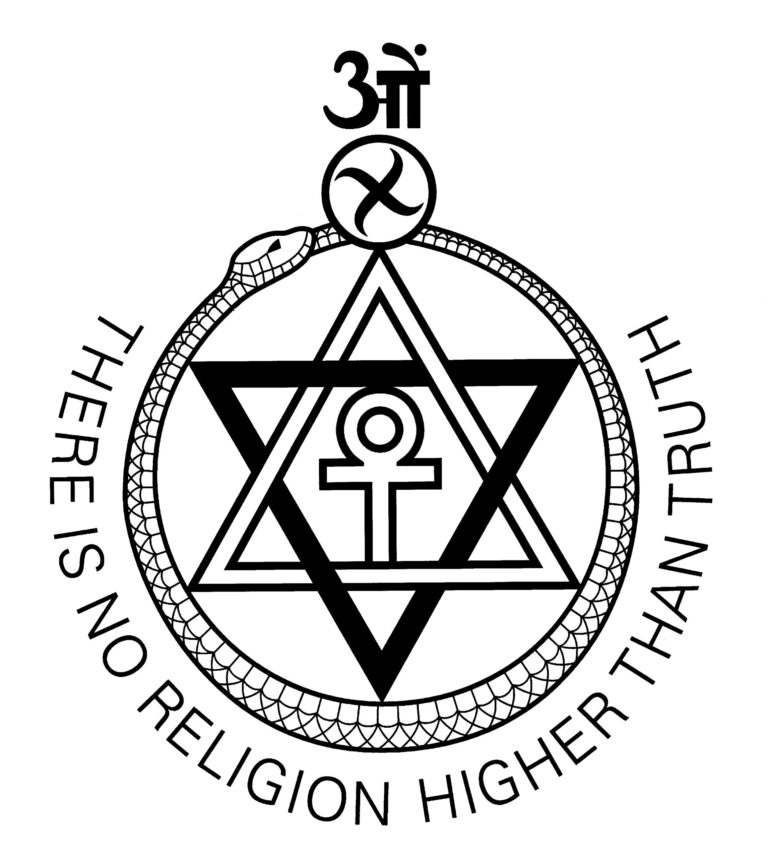The Theosophical Society
The Theosophical Society: Founding Through Today
The Theosophical Society: Founding Through Today
Spiritual Unity, Universal Brotherhood, and the Search for Hidden Truth
Origins of a Mystical Movement
The Theosophical Society was founded in New York City on November 17, 1875, by Helena Petrovna Blavatsky, Henry Steel Olcott, and William Quan Judge. The founders sought to explore the deeper spiritual truths that underlie all religions, philosophies, and sciences. Their mission was not to form a new religion, but to uncover the wisdom common to all faiths—what Blavatsky called the Ancient Wisdom Tradition.
Blavatsky, born in Russia in 1831, was a mystic, author, and traveler who studied Eastern philosophies and esoteric traditions. Her books Isis Unveiled (1877) and The Secret Doctrine (1888) became foundational texts for modern esotericism, blending Eastern metaphysics, Western occultism, and scientific curiosity.
Core Objectives – The Theosophical Society
The Theosophical Society established three declared objects that remain at its heart:
To form a nucleus of the universal brotherhood of humanity, without distinction of race, creed, sex, caste, or color.
To encourage the comparative study of religion, philosophy, and science.
To investigate unexplained laws of nature and the powers latent in humanity.
These principles were revolutionary in the late 19th century—a time of rigid dogma and materialistic science. The Society aimed to harmonize spiritual and scientific exploration while promoting human unity.
Global Expansion and Influence – The Theosophical Society
After its founding, the Society grew rapidly. In 1879, Blavatsky and Olcott relocated its headquarters to Adyar, near Madras (now Chennai), India, marking a new phase of Eastern-Western collaboration. The Adyar campus became a spiritual hub, drawing thinkers, scholars, and mystics from around the world.
The movement influenced major figures such as Annie Besant, C.W. Leadbeater, and Jiddu Krishnamurti. Besant, a social reformer and women’s rights activist, became one of the Society’s most prominent leaders after Blavatsky’s death. She expanded the Society’s educational and humanitarian work in India and helped spread Theosophical ideas worldwide.
Controversies and Challenges –
The Society’s history has not been without conflict. Internal divisions arose over leadership, doctrine, and spiritual authority. Blavatsky herself faced skepticism and accusations of fraud, particularly from the Society for Psychical Research in the 1880s.
Later, the proclamation of Jiddu Krishnamurti as a potential “World Teacher” divided members; Krishnamurti himself eventually rejected the role, choosing independence from organized religion. These tensions led to schisms and the formation of several offshoots, including the Theosophical Society (Adyar), Theosophical Society (Pasadena), and United Lodge of Theosophists.
Modern-Day Theosophy
Today, the Theosophical Society continues to operate globally, with headquarters in Adyar (India), Pasadena (USA), and London (UK). Its members engage in lectures, study groups, meditation, and service projects aimed at fostering peace, spiritual awareness, and cross-cultural understanding.
Modern Theosophy emphasizes personal transformation and the unity of life—a bridge between science, religion, and philosophy. It has profoundly influenced the New Age movement, spiritual ecology, and even early psychology through figures like Carl Jung and Aldous Huxley, who were drawn to Theosophical concepts of the collective unconscious and universal mind.
Legacy and Continuing Relevance
From its 19th-century origins to today’s interconnected world, the Theosophical Society remains a pioneering force.


